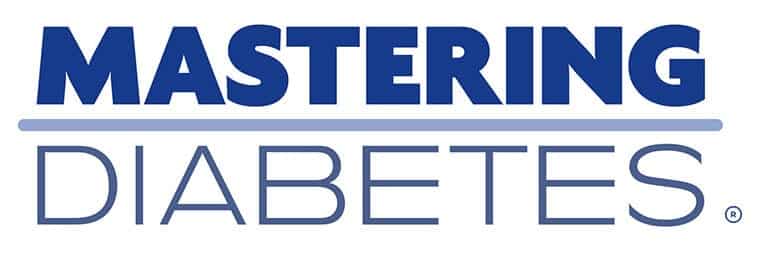This will lower your blood sugar faster than anything else I know, and it will also help you get into fat-burning mode quickly.
You’ve been told that lowering blood sugar takes months. What if I told that is not the case…
Today, I’m going to show you 7 research-backed methods to drop blood sugar faster than thought was even possible.
Here’s what’s coming:
Let’s jump in.
The Sunrise Eating Window also known as Early Time-Restricted Feeding
Most people do intermittent fasting wrong.
They skip breakfast, eat late, and wonder why their blood sugar still spikes.
But research shows that early time-restricted feeding—eating your meals in a 6–8 hour window that starts in the morning—can lower fasting blood sugar overnight.
Here’s why:
When you eat earlier, you align with your body’s natural circadian rhythm. Your pancreas is more responsive in the morning and your muscles are better at taking in glucose.
By nighttime? Your insulin sensitivity drops. That means the same meal eaten at 8 PM can spike your blood sugar twice as high as it would at 8 AM.
As a matter of fact this study. Showed something impressive.
Researchers found that early time restricted feeding improved insulin sensitivity, beta cell responsiveness, blood pressure, oxidative stress, and appetite.
They also found that the benefits were not solely due to weight loss. What really mattered was the time of day the participants ate their meals.
So try the following: Eat breakfast at 8, finish dinner by 2 or 3 PM, and watch your morning numbers drop like a stone.
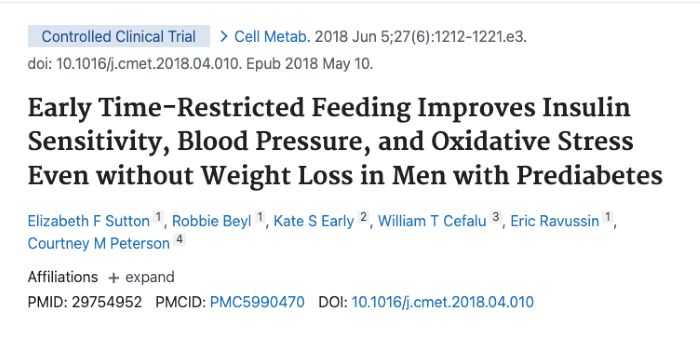

The 50-Chew Secret. In other words, Chew… Way More Than You Think
This sounds silly… until you see the science. Chewing your food 40–50 times before swallowing slows digestion, reduces post-meal glucose spikes, and even increases satiety hormones that tell your brain you’re full. Think of it like this: Your teeth are the “first stage” of your digestive system’s blender. The more you blend upfront, the less work your stomach has to do, and the slower glucose enters your blood.
In fact, In a controlled trial with healthy women, eating more slowly significantly reduced post-meal blood sugar swings—cutting the glucose rise after dinner nearly in half compared to eating quickly.
So next time you eat—don’t count calories… count chews.
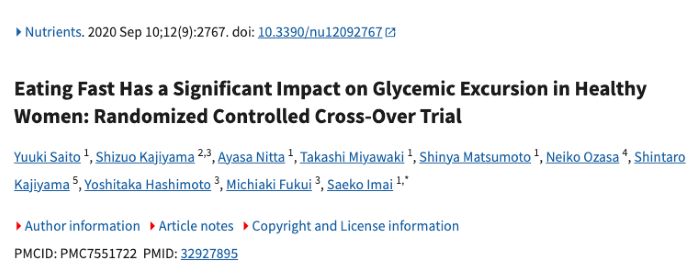
The After-Meal Sponge Effect… Also Known as LISS
LISS stands for low intensity steady state exercise.
You’ve probably heard “exercise lowers blood sugar,” but when you move makes all the difference.
Low-Intensity Steady State exercise—like walking at a comfortable pace—right after meals acts like a sponge, soaking glucose directly into your muscles.
Here’s the trick: You don’t have to run marathons. Just 20–30 minutes of gentle walking within 30 minutes after eating can slash your post-meal glucose spike by up to 50%.
This study found that moderate-intensity brisk walking for 15 minutes after each meal is more beneficial to control blood glucose in patients with type 2 diabetes as compared to one 45-minute walk during the day.
This happens because of a mechanism that gets activated known as contraction-mediated glucose uptake. Muscles turn into glucose vacuums, clearing sugar from the bloodstream much faster.
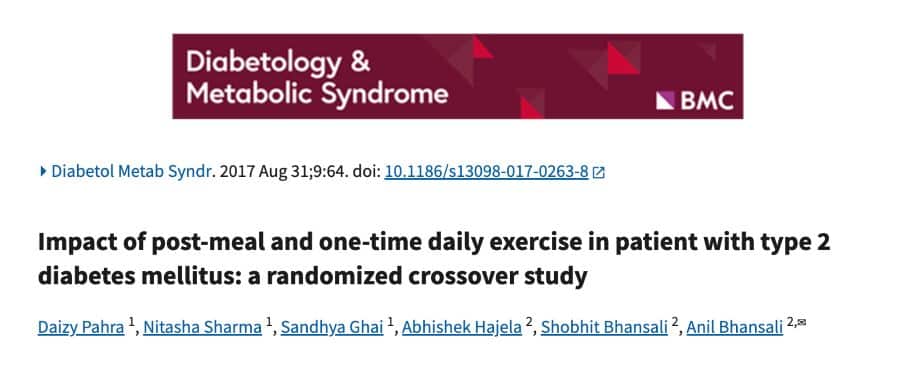

Oligosaccharides – Also Known as Food for Your Gut’s Army
This one surprises a lot of people.
Some fibers—called oligosaccharides—aren’t digested by you. They’re food for your gut bacteria. When your gut bugs eat them, they produce something called short-chain fatty acids (SCFAs) like butyrate, propionate, and acetate, which directly improve insulin sensitivity in your muscles and liver. It’s like upgrading your body’s army that fights insulin resistance from within.
Best sources? Beans, lentils, chickpeas, onions, garlic, asparagus, green bananas, and Jerusalem artichokes.
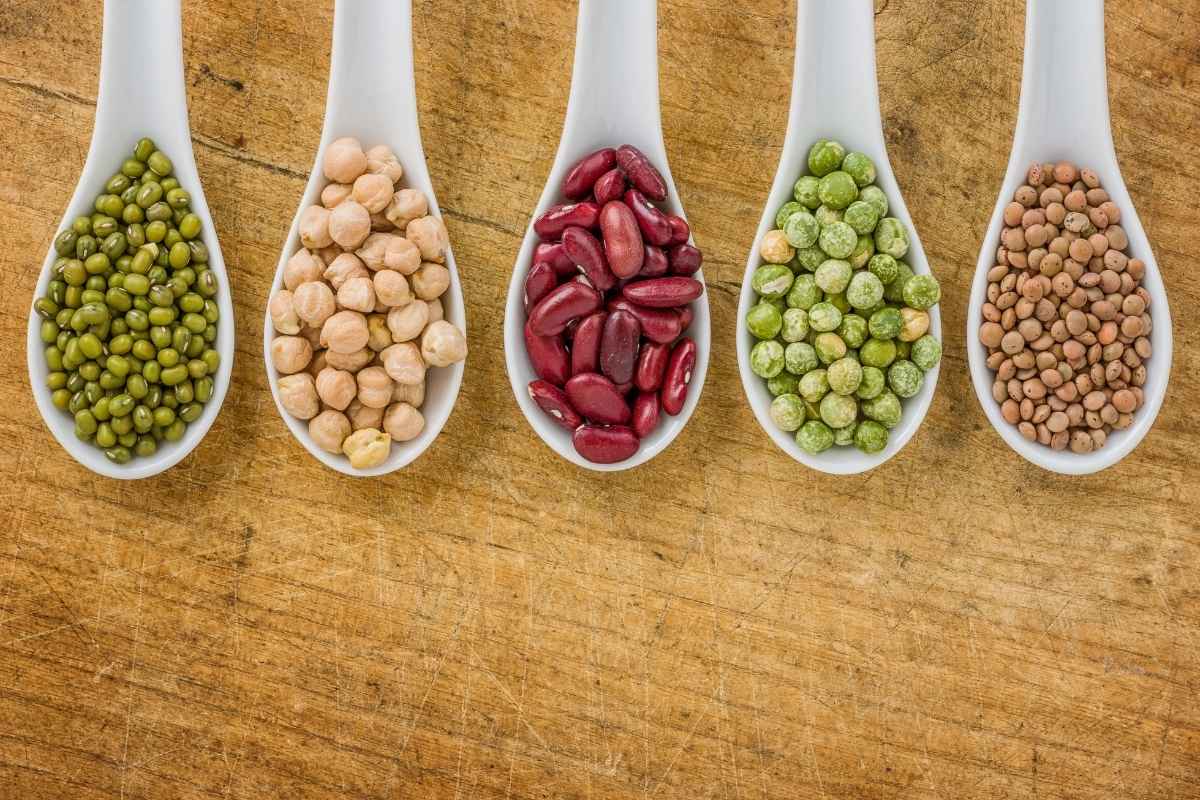
You may be thinking “but those are carbs...my blood sugar is going to spike”. Well, not so fast, these are WHOLE COMPLEX carbohydrates which are packed with fiber and IMPROVE your blood sugar control.
As a matter of fact, this study: Effects of dietary fiber on glycemic control and insulin sensitivity in patients with type 2 diabetes, which was a systematic review and meta analysis, found that just eating 10 grams of fiber per day, which is nothing, significantly improved A1c, fasting blood sugar, fasting insulin and insulin sensitivity in just 8 weeks!
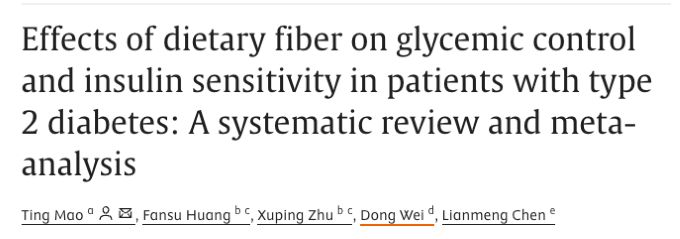

Eat whole, complex carbs regularly and over time,your microbiome becomes a 24/7 blood sugar support team.
Now, if you are confused about which foods to eat, and more importantly, how to make tasty meals with them. I will leave a link below this video so you can grab our free guide with delicious meals.
GLUT-4 Translocation Upgrade
GLUT-4 is like a little doorway in your muscle cells that lets glucose in. The more doors you have—and the more often they open—the lower your blood sugar stays. Resistance training—even just 2–3 times per week—signals your body to make more GLUT-4 transporters and move them to the surface of your muscle cells. That means your muscles turn into glucose vacuums. Quite literally. You don’t need heavy weights. Bodyweight squats, push-ups, resistance bands—all work. The key is challenging your muscles enough that they adapt.

An Ideal resistance training program would consist of 3 nonconsecutive days per week. Each sessions should be 30-40 minutes long. And you should perform 2–4 sets of 8–10 repetitions per exercise.
This is coming directly from a research study titled Resistance Training for Diabetes Prevention and Therapy: Experimental Findings and Molecular Mechanisms.


Intracellular Lipid Cleanup
This is arguably the MOST important one of them all.
If insulin resistance had a “smoking gun,” it would be fat stored inside your muscle and liver cells. This fat blocks insulin from doing its job. This is THE MAIN REASON why your blood sugar is high.
The fastest way to clean it out? A low-fat, whole-food, plant-based diet.
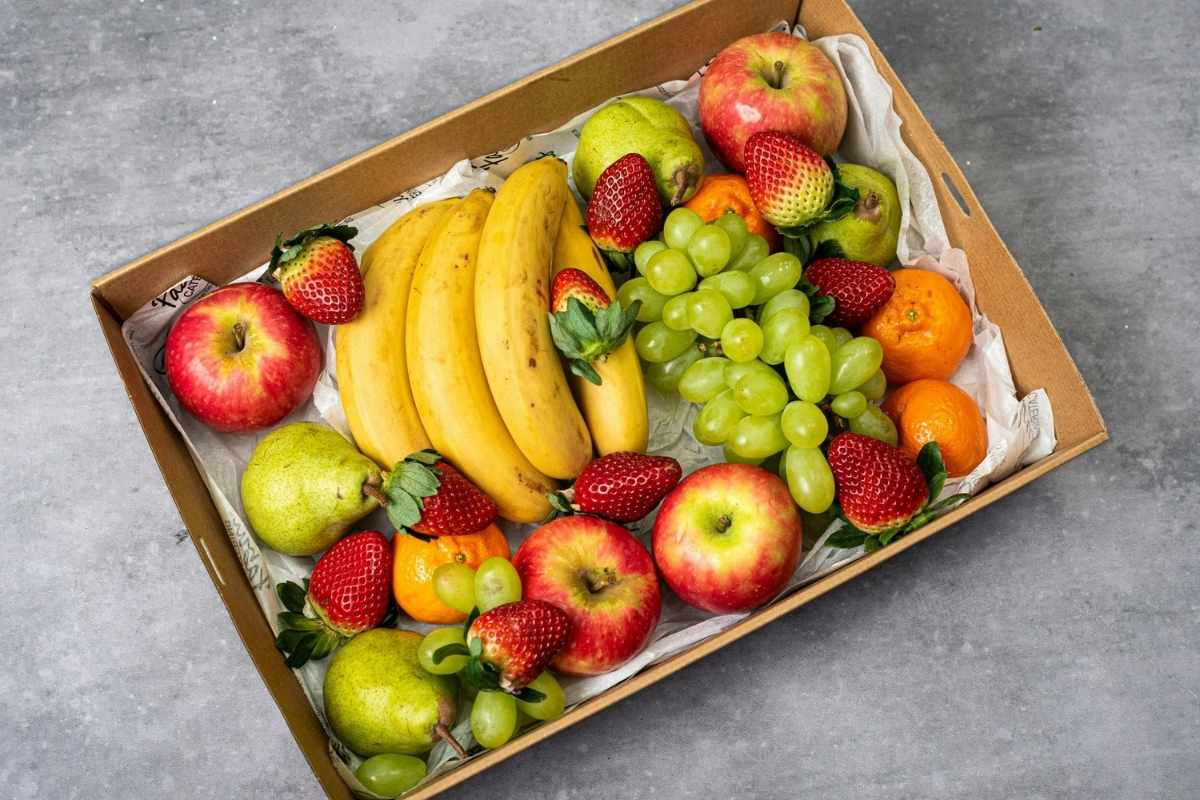
Multiple studies showed that when people cut animal fats and oils and loaded up on whole carbs like fruits, potatoes, and beans, their insulin sensitivity improved in as little as 16 days.
In this study, 50% of participants stopped using insulin after just 16 days. 100% of participants lowered their insulin use and lowered their fasting blood sugar.
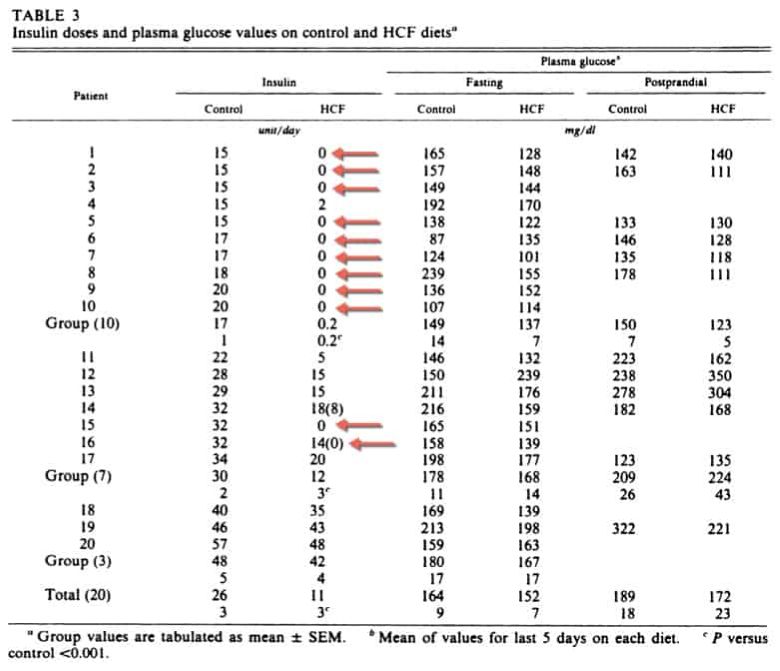
In this study, after 21-days of eating unlimited carbs, the subjects lost over 10 pounds, reduced diabetes medications, and lowered their fasting blood sugar from 112 to 92.
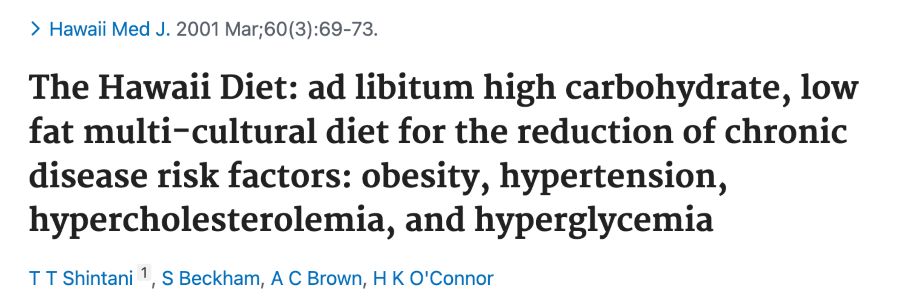
In this randomized controlled trial, people in the intervention group were instructed to eat as many whole carbs as they wanted. After 6 months, they lost 26 pounds and lowered their A1c from 6.0 to 5.5 percent, which is a non-diabetic A1c.

The Cellular Reset Switch
I saved the best for last.
There’s a way to combine several of these strategies—fasting, circadian alignment, movement, microbiome support—into a simple daily rhythm that acts like a reset switch for your metabolism.
This is as close as it gets to pressing the reset button on diabetes. Carbs are no longer a problem, your fasting blood sugar is consistently below 100, medications are a thing of the past, and diabetes has no chance to fight back anymore.
When you do it right, you’re not just lowering blood sugar in the moment—you’re teaching your body to stay insulin sensitive for years to come.

This is exactly what we teach inside our free Mastering Diabetes training—how to sequence your day so every cell in your body is primed to use glucose efficiently.
This is how you achieve Lower fasting blood sugar, lower A1C, more energy, and less medication—without extreme diets or gimmicks… permanently.
Lower Your A1c and Fasting Blood Sugar... Guaranteed
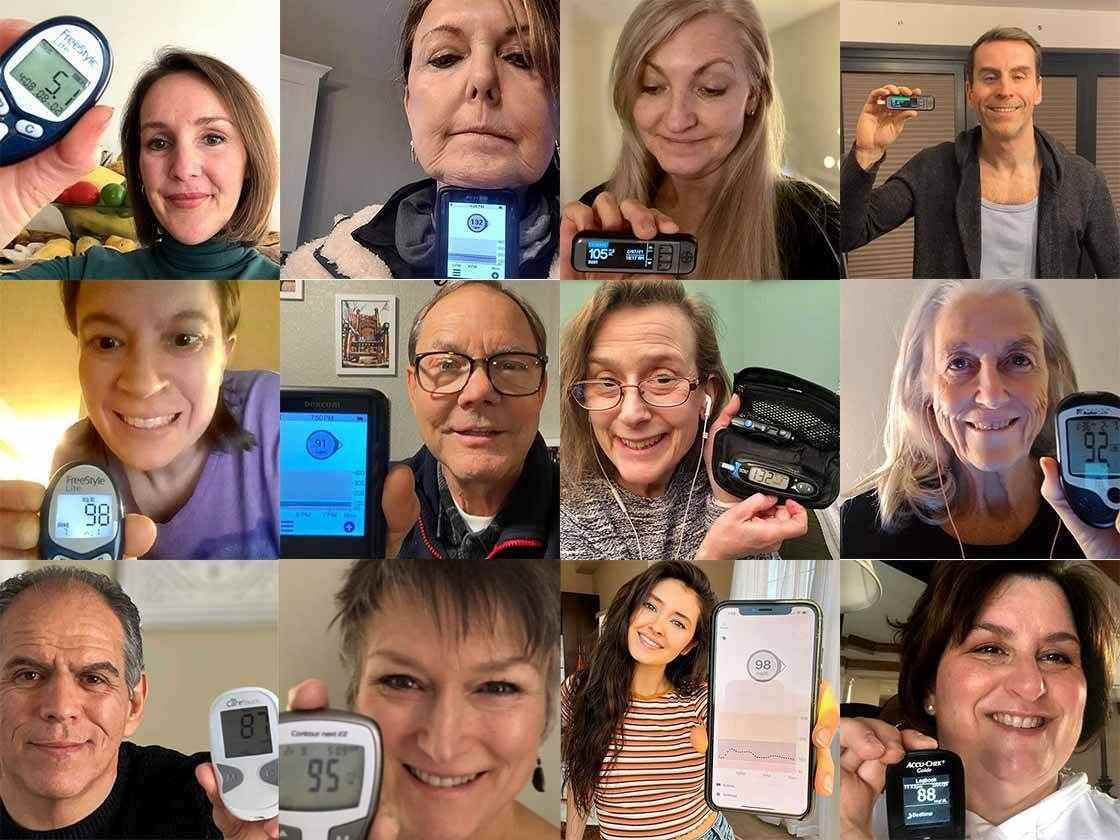
Your results are guaranteed. Join more than 10,000 ecstatic members today
Personalized coaching puts you in immediate control of your diabetes health, helps you gain energy, improves your quality of life, and reduces or eliminates your meds.

